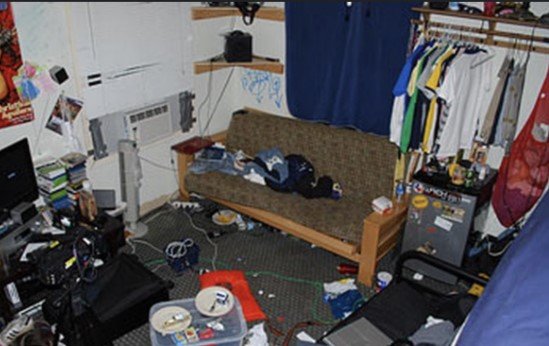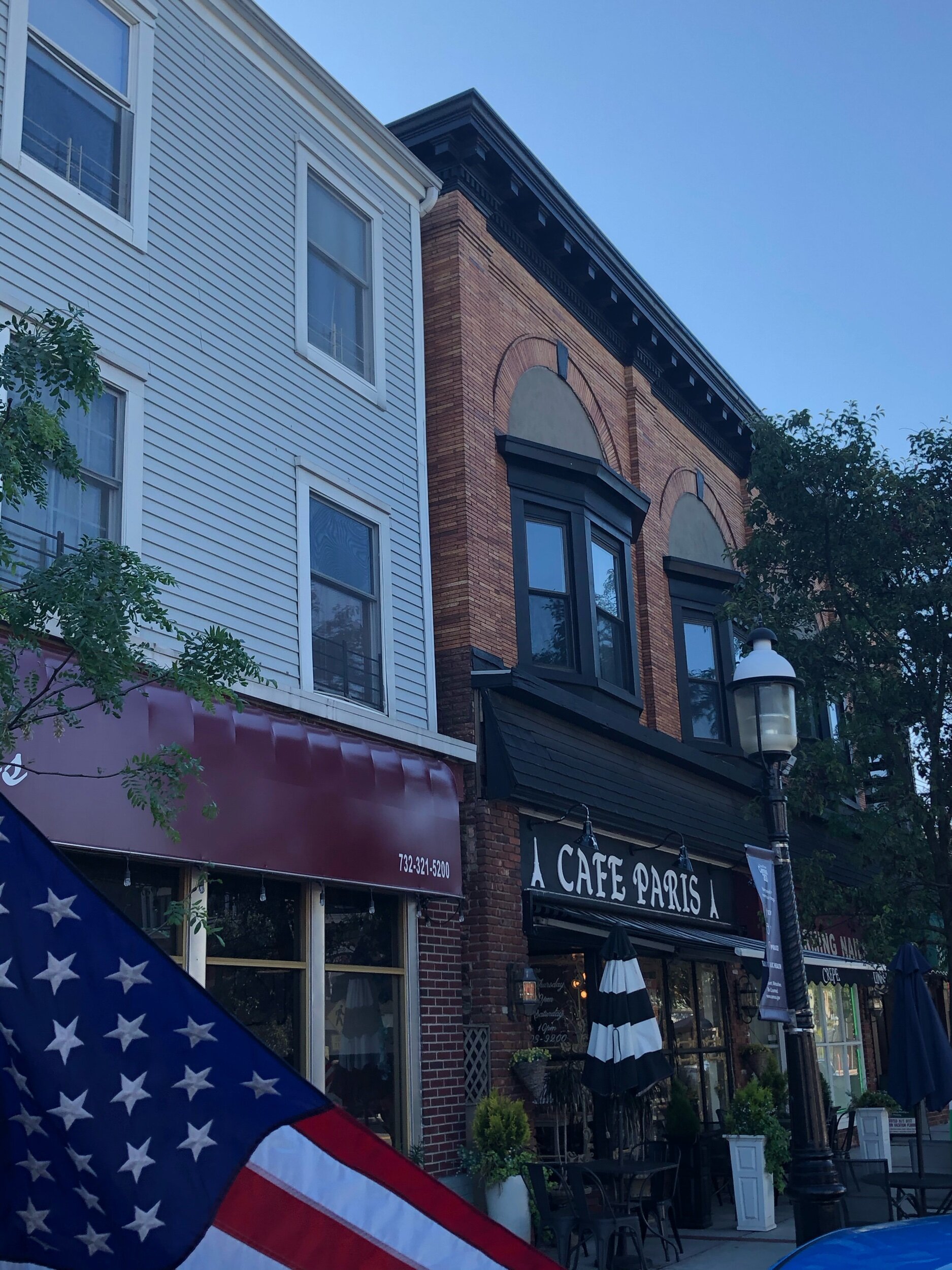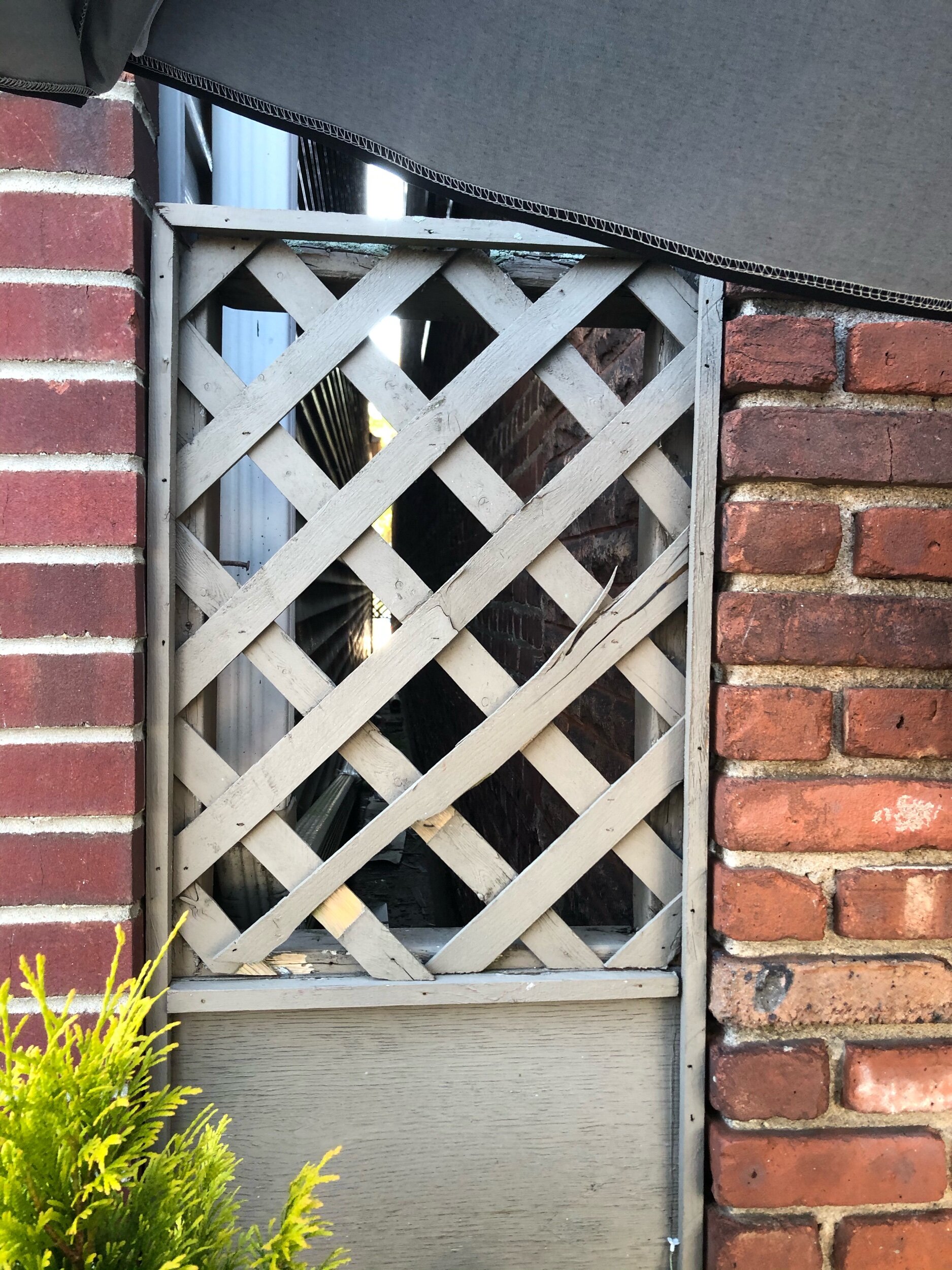Fire Dynamics & Situational Awareness for Operational Success on the Fire Ground
Strong decision-making, supported by situational awareness, is indeed the cornerstone of ensuring both operational success and crew safety on the fireground. Let us break down and emphasize the key points of why understanding fire dynamics is critical for situational awareness.
Timely and Informed Decisions
Situational Awareness and Its Role in Decision-Making
Fire Behavior and Building Construction
Trust and Clarity in Leadership
The Integration of Knowledge and Action
Building Trust Through Consistency
Timely and Informed Decisions
Leaders in the fire service are responsible for making critical decisions under intense pressure, often with limited information and time. The ability to gather relevant data quickly, analyze it, and make sound decisions is what separates effective leaders from those who struggle in high-pressure situations. These decisions impact the lives of firefighters and the success of the mission, making the responsibility even more significant.
Situational Awareness and Its Role in Decision-Making
Situational awareness is a dynamic process where leaders continuously assess their environment, understand evolving risks, and predict potential outcomes. This skill allows leaders to make decisions that are not only timely but also anticipate the consequences of their actions. It's not just about reacting to what's happening in the moment, it's about predicting what might come next and making decisions that mitigate risk and enhance safety.
Fire Behavior and Building Construction
A thorough understanding of fire behavior — such as heat, smoke, and gas movement —coupled with knowledge of building construction is critical in making informed decisions on the fireground. Leaders who can read these indicators effectively can assess risks like structural collapse or flashover, which are vital to protecting their crews.
Trust and Clarity in Leadership
Trust is foundational in any leadership role, but in the fire service, it’s life-and-death. When firefighters know that their leader has the knowledge and confidence to make sound decisions, they are more likely to follow orders and work cohesively as a team. The clarity that comes from a leader’s decisions reassures the team and reduces the potential for confusion in high-stress situations.
The Integration of Knowledge and Action
The integration of all this knowledge — fire behavior, situational awareness, building construction — must happen quickly. In a fire environment, things change fast, and decisions must be made with speed and accuracy. Leaders who can combine their understanding of these factors with fast, clear decision-making can maintain control of the scene and navigate unpredictable challenges effectively.
Building Trust Through Consistency
As mentioned, leaders who consistently demonstrate the ability to make informed decisions based on situational awareness and a deep understanding of fire behavior will earn the trust of their team. This trust is crucial because without it, a leader may find their authority undermined, which can have serious consequences during a fireground operation.
In essence, leadership in the fire service is about more than making quick decisions about informed, strategic decisions that safeguard lives and ensure the success of the mission. The leader’s ability to combine their understanding of situational awareness, fire behavior, and building dynamics, while maintaining trust and clarity, will directly impact the safety and effectiveness of their crew. The pressure is immense, but the reward is equally profound ensuring everyone goes home safely and that the mission is successfully carried out. As fire service leaders, decision-making is a key leadership tool and it’s clear that leaders must continually develop these skills to maintain a high level of effectiveness and trust within their teams.

















